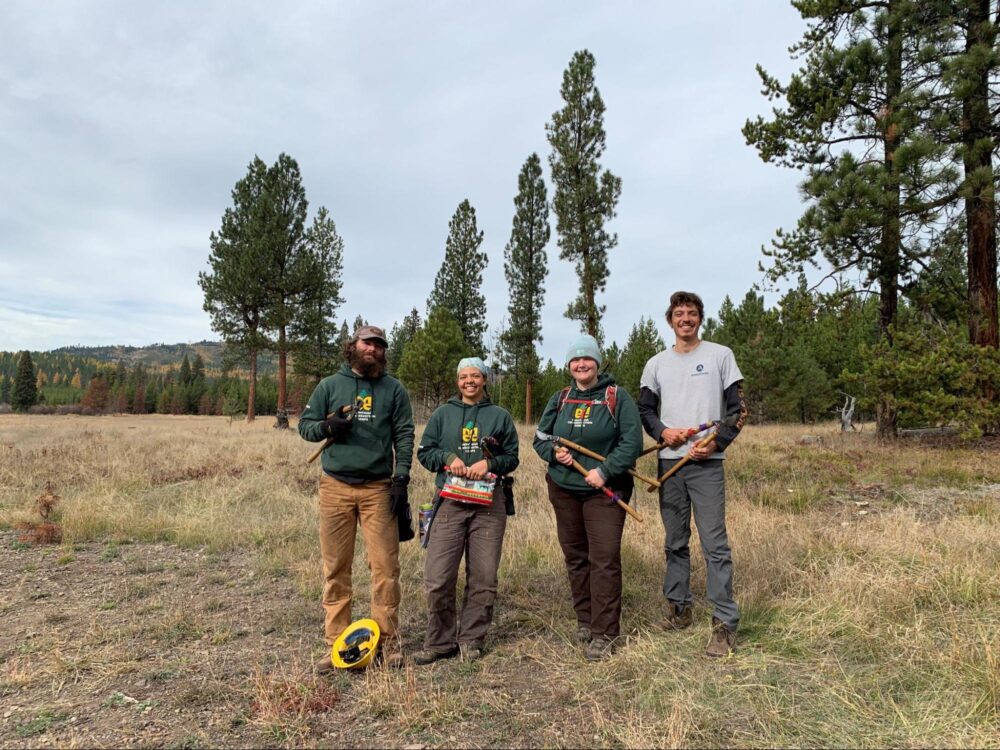We have much more to do and your continued support is needed now more than ever.
If a Green Bus Drives but Nobody Rides, Is It Still Green?
As the largest employer in Georgia’s DeKalb County, Emory University has a lot of weight on its shoulders. Carbon dioxide weight, that is. After all, metro Atlanta commuters – 84 percent of whom drive alone – spend more on gas each year than anyone else in the country, an estimated $5,772 per household per year.
Recognizing that a sizeable chunk of a university’s emissions come from student and staff commutes — as much as 50 percent at some schools — Emory is setting out to make mass transit more convenient. Their goal? About 25 percent of their workforce registered as alternative commuters by 2015.
Last year, the eco-savvy school, named the 2008 Conservationist of the Year by the Georgia Conservancy, enlisted the help of TransLoc, an innovative company that uses Global Positioning Systems to track buses and shuttles. Information is transmitted to Emory’s Transit Visualization System online where students, faculty and staff can view Cliff Transit shuttles in motion on a detailed campus map and plan their commute.
The technology is so effective, actual bus locations are only delayed, at most, by 5 seconds.
“It’s not that it will make people more likely to ride transit, but it helps demonstrate the reliability of the system,” said Adele Clements, Emory’s director of transportation. “If the system is reliable, people are more likely to use it.”
“The problem with transit is you were never quite sure when you would get there,” said Josh Cohen, TransLoc spokesman. “Now you can see where that bus is and know when to walk outside and get on that bus. That’s a huge thing. It puts transit on the same foot as a single occupancy vehicle,”
Emory’s Cliff shuttles provide extensive campus service, regular service to off-campus locations and three satellite Park-n-Ride sites to transport commuters to campus. Their shuttle fleet is 100 percent alternatively fueled, with five electric shuttles, 27 natural gas shuttles and 24 shuttles running on recycled oil from campus cafeterias. Even so, Cohen said that wasn’t enough to increase ridership.
“Just because you have a green bus doesn’t mean more people will ride the bus,” he said. “We believe that technology is important to catalyze green initiatives.”
TransLoc was founded in 2005 by two computer science majors at North Carolina State University, when, believe it or not, they missed a bus on campus.
“They thought, ‘There’s got to be a better way,'” Cohen said.
And there was. Today, nine universities (including Harvard, Yale and the University of Florida) use TransLoc on their campuses as an incentive to use mass transit, effectively making green living a no-brainer for students, faculty and staff.
“Students are tied into technology so they are more likely to use it,” said Adele Clements, Emory’s director of transportation. “They are online all the time.”
Emory’s Director of Transportation, Adele Clements, said hits to the TVS Web site have doubled since the fall semester started.
“We have received a large number of compliments on the system from students,” she added.
Beyond their real-time tracking system, Emory encourages mass transit through Atlanta’s Clean Air Campaign incentives. The campaign offers cash – $3 a day, up to $180 for a 90-day period – to commuters who switch to a clean commute such as walking, biking or mass transit. This year, 121 Emory employees registered for the Cash for Commuters program. Alternative commuters can also win cash prizes by logging their clean commute daily. Carpoolers with three or more people can earn monthly gas cards up to $60.
Last year 11 percent of Emory’s workforce used alternative modes (bike, shuttle, vanpool) to commute to school. All these incentives combined have helped Emory boost that number to 13 percent this year. In six more years, the school hopes to double that number.
“Any way that you can help ease somebody’s commute furthers sustainability initiatives,” Clements said.
See More:
Transportation Case Studies: Campus Ecology
Transportation Resources: AASHE
Emissions-Free or Bust! (Or So Says UNH’s Bumper Sticker): ClimateEdu




















